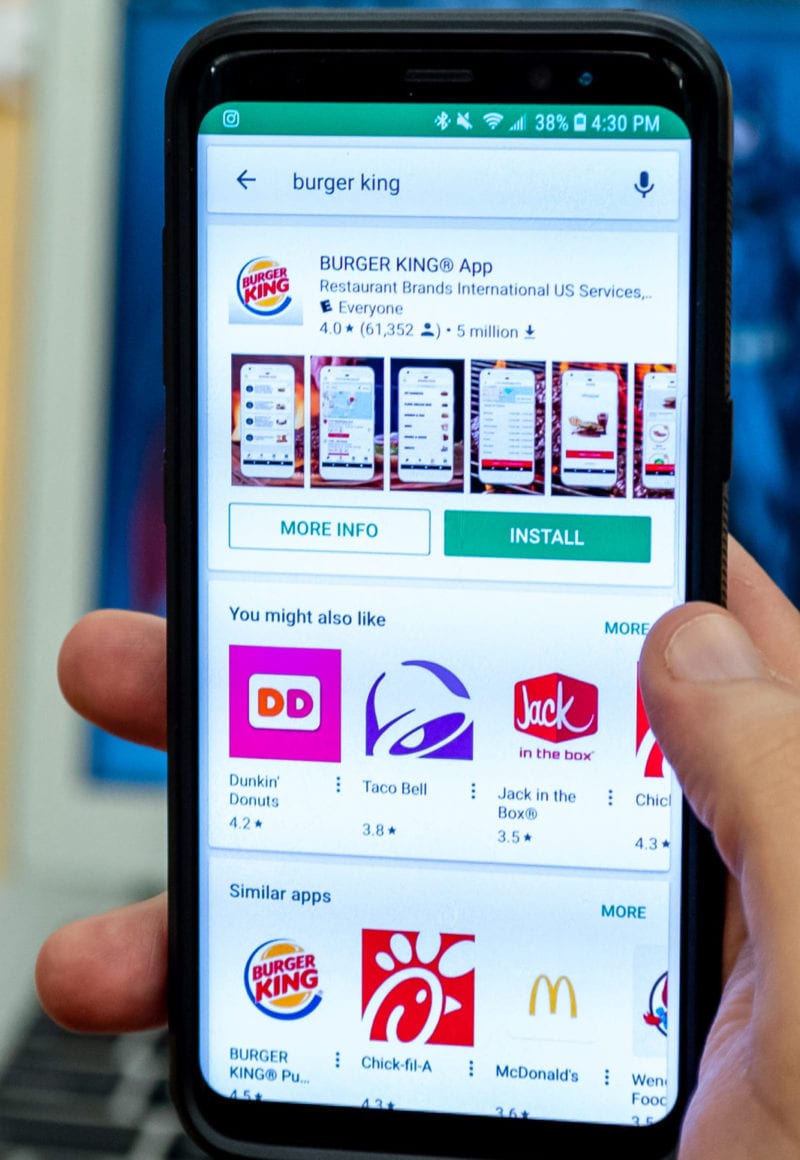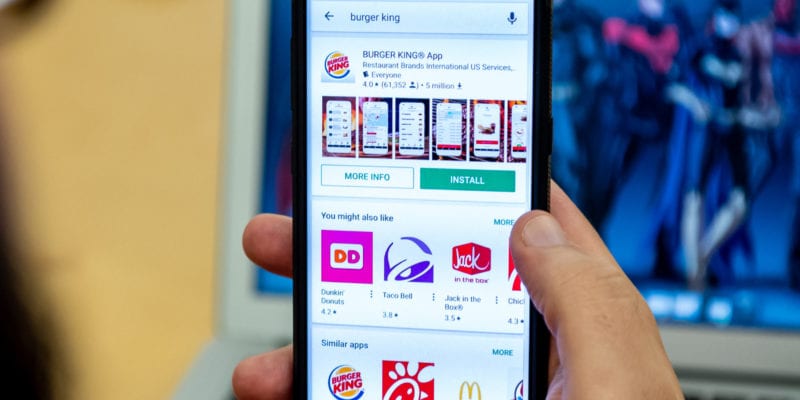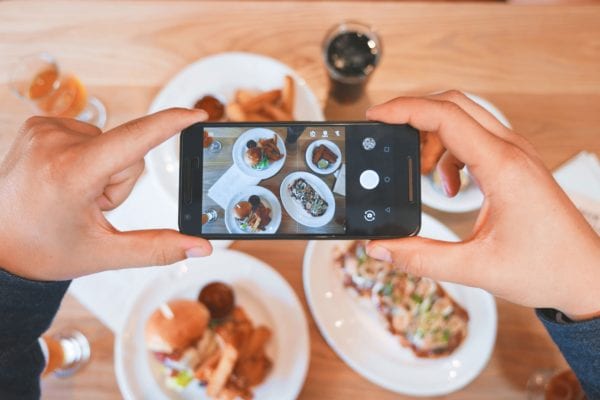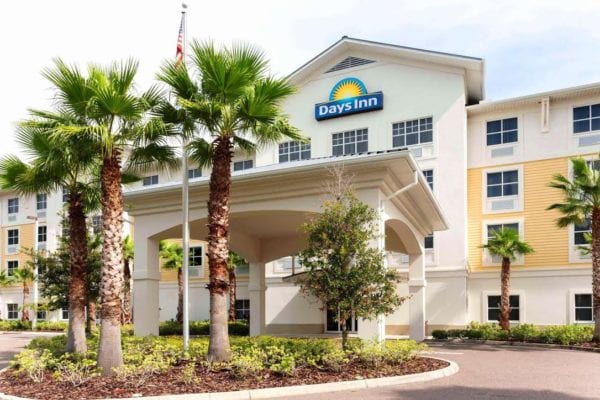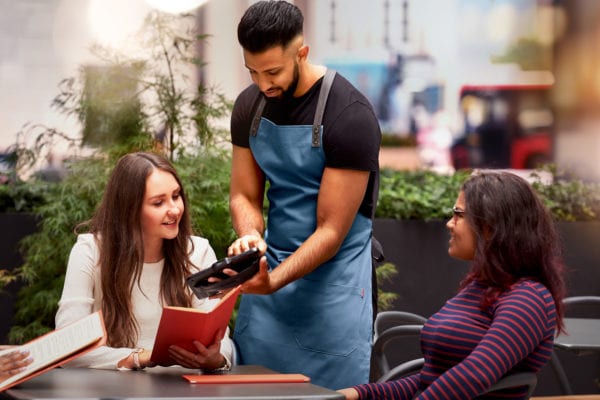Skift Take
Independent restaurants might rely more heavily on third-party apps to drive digital orders, but quick-service restaurant chains are doing just fine hooking in customers through their own branded mobile apps.
— Erika Adams
When diners want to digitally order delivery from Chipotle, where do they go to put in that order? In the U.S., 70 percent of the time, they are going to the restaurant-branded app or website itself, according to a new report from market research firm NPD Group.
Six out of ten times, diners choose to do their digital ordering (defined as delivery or pick-up orders sent electronically via an app, website, or text message) through a restaurant’s own mobile app.
The ordering behavior is closely tied to rewards and discounts that restaurants offer to drive digital sales, although some diners are also drawn in by the ease and efficiency of ordering online.
A Publishers Clearing House report released last month that measured consumer buying behavior at quick-service restaurant chains found that financial deals and discounts were often the reason why a diner would choose Wendy’s over McDonald’s, or vice versa. As NPD’s report details, the same deals strategy is driving digital order increases.
“Frequency of use varies by brand, though deals and discounts contribute to greater use,” the report stated.
Growth of Digital Orders
Restaurant digital orders have been growing at an average annual rate of 23 percent since 2013. NPD’s research projects that, by the end of 2020, digital orders will triple in volume. Currently, digital ordering accounts for 56 percent of all delivery orders and 6 percent of all carryout orders. All other delivery and carryout orders are either facilitated over the phone or in the restaurants.
The research findings largely refer to digital ordering behavior as it relates to quick-service restaurant chains, which was the main category of restaurant represented in the report. For independent restaurateurs, third-party apps offer easier access to customers that would prefer to place digital orders because there’s no in-house technology team and infrastructure required to support digital ordering capabilities.
No matter how large or small the restaurant footprint, however, it’s necessary to build a digital strategy to cater to customers who are expecting digital ordering capabilities.
“Convenience is a primary reason why consumers visit restaurants and use foodservice, and now technology has enabled an unprecedented level of convenience for foodservice consumers,” David Portalatin, food industry advisor at NPD, said in an email. “Digitalization — mobile ordering, delivery, apps, order kiosks, the internet — has raised consumers’ expectations for convenience to a new height and there is no turning back.”

